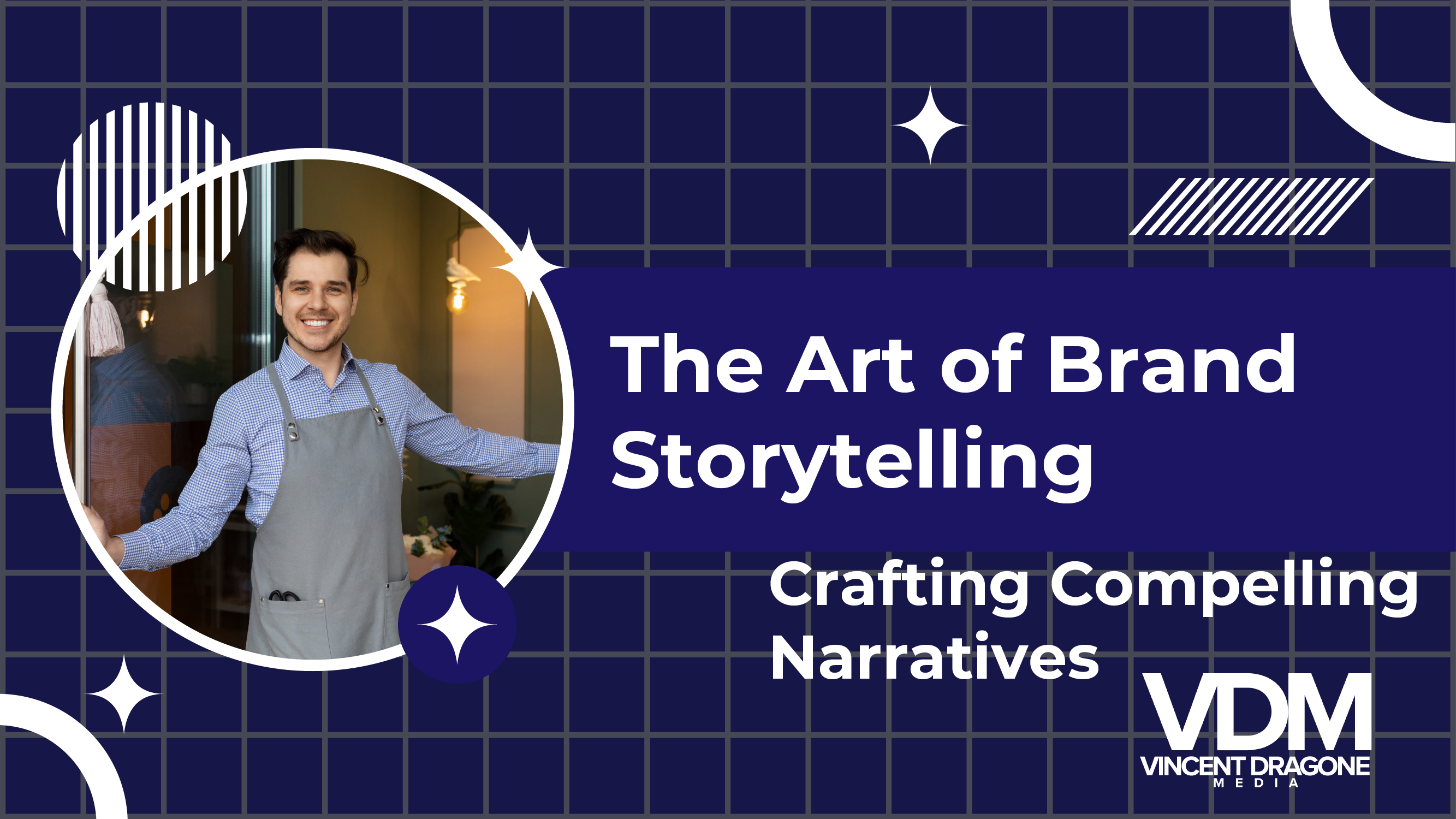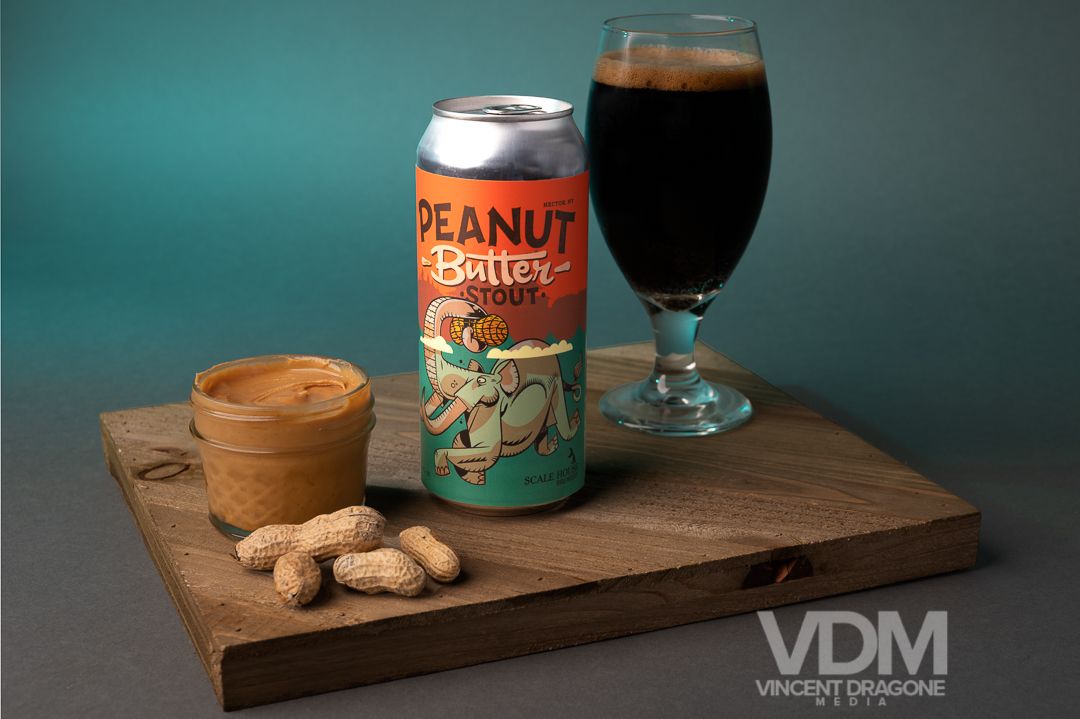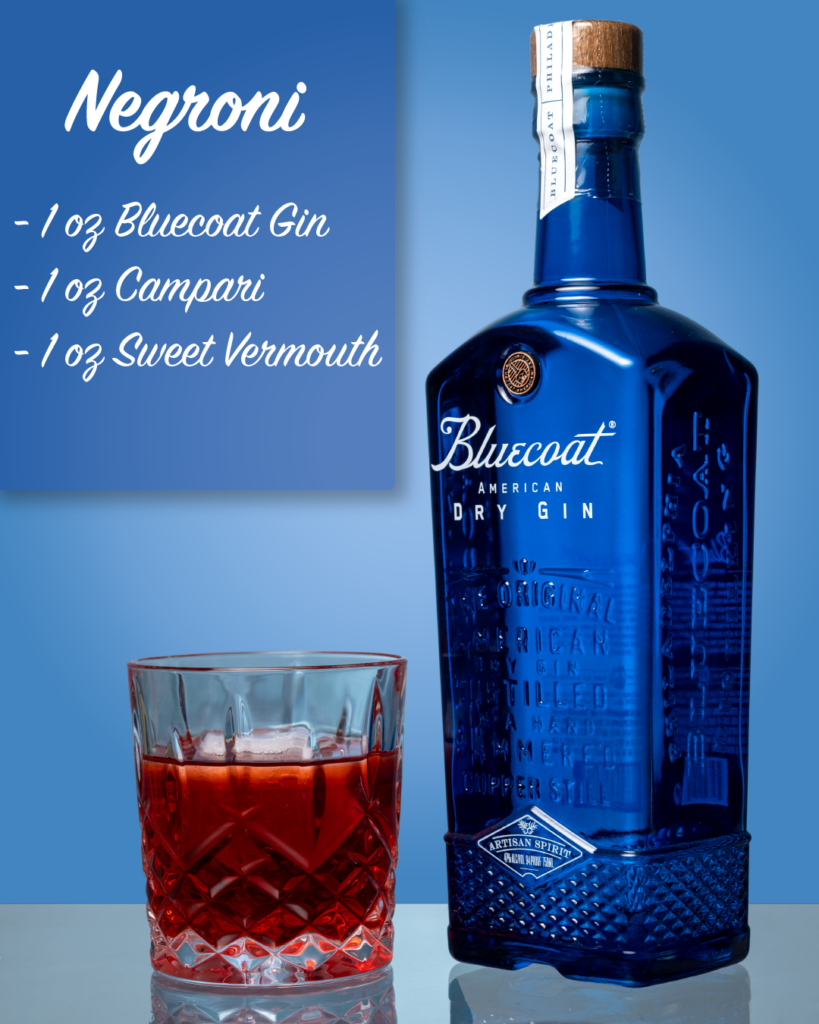The Art of Brand Storytelling: Crafting Compelling Narratives
The power to set your brand apart in a world brimming with competition lies in the art of brand storytelling. It’s more than a marketing strategy – it’s about crafting compelling narratives that encapsulate your organization’s purpose, mission, values, and vision. Effective brand storytelling forms an emotional bridge between your brand and your audience, fostering a deeper connection.
Understanding Your Brand and Your Customer
Before diving into brand storytelling, you need to have a profound understanding of the value your brand creates in the marketplace. This requires you to understand your customer intimately:
- Who they are
- The problems they face
- The goals they share
- The common problems among them
- The value your brand provides
- The promised transformation your brand delivers
- The way your solution will assist them and make them feel
This understanding is the groundwork for both internal and external brand storytelling, enabling you to shape your narrative in a way that resonates with your customers and aligns with your brand values.
Storytelling with Customer Testimonials
The first step in brand storytelling is mastering the art of customer testimonials. They not only help bring you into the customer’s perspective but also serve as powerful marketing tools. The key to a compelling customer testimonial is its relatability; the customer you choose should reflect your wider customer base.
Creating an Impactful Testimonial: A Guiding Framework
A compelling customer testimonial follows a storyline that your audience can connect with. This narrative can be structured using the following framework:
- Status Quo: Describe the customer’s initial state or situation before they found your brand. This paints a relatable picture for prospective customers facing similar situations.
- Problem: Detail the problem or challenge that the customer faced. This should reflect common problems that your target audience can resonate with.
- Crisis: Highlight the realization moment when the customer acknowledged that they wouldn’t succeed without a solution to their problem. This crisis moment builds tension and intrigue.
- Solution & Transformation: Present your product or service as the solution to the customer’s problem. However, don’t just stop at that. Elevate the narrative by showcasing the transformative impact your solution had on the customer’s situation.
Remember, the customer’s transformation story after using your solution is the focal point. It should be tangible, compelling, and relatable to your prospective customers.
Brand Storytelling Through Internally Focused Stories
Once you’ve mastered customer testimonials, you can start weaving internally focused brand stories. This involves crafting narratives around your brand’s journey, mission, values, and vision, further humanizing your brand and giving your audience an insight into what drives you.
For instance, you can share stories about the challenges you’ve overcome, milestones you’ve achieved, and the vision that propels your brand forward. This not only humanizes your brand but also provides your audience with a window into what drives you.
For example, TOMS shoes has built its entire brand story around the concept of ‘One for One’ – for every pair of shoes sold, a pair is donated to a child in need. This internally focused story has not only set TOMS apart but also helped forge a deep emotional connection with their audience.
Delving Deeper: Branded Documentaries
Expanding beyond testimonials and brand stories, another compelling avenue to explore is branded documentaries. This method moves further away from the perceived “advertisement” zone, placing your brand in a space of genuine storytelling and advocacy.
Take the tractor giant, John Deere, for instance. They joined forces with the National Volunteer Fire Council to craft a documentary on the unsung heroes: volunteer firefighters. Titled Odd Hours, No Pay, Cool Hat, this film is not just an engaging watch; it’s a tool aimed at supporting recruitment and fundraising for volunteer fire departments across the U.S. Through this documentary, John Deere has accomplished more than mere brand promotion; they’ve amplified a critical narrative, fostering community and support.
In a previous blog post, I delved deeper into the concept of documentary filmmaking for businesses. To recap:
Why Documentary Filmmaking for Businesses?
Documentaries have always been a conduit for authentic, real-life narratives. Modern businesses, keen on forging deeper ties with their audience, are turning to this medium. Unlike traditional advertisements that can be dismissed with a click, documentary-style content seeks to be the video consumers actively search for, resonating through its authenticity and genuine emotion.
The power of emotional storytelling is undeniable. Businesses aren’t just transactional entities; they’re storytellers weaving tales that their audience can connect with, either through shared experiences or aspirations. A quintessential element of any captivating story is conflict. Whether it’s the founder’s journey battling myriad challenges, an employee’s ambition, or a customer’s transformative experience, this conflict should be in harmony with the brand’s ethos, striking a chord with viewers.
The documentary format goes beyond the tangible product or service, shining a spotlight on a brand’s philosophy, vision, and core values. For instance, take a look at the mini-documentary crafted for Fish Gods, which underscores the paramount importance of waterway conservation.
In our content-saturated age, documentaries offer businesses a refreshing escape from the commonplace. They promise deeper engagement, authenticity, and an avenue to build relationships that aren’t transient but enduring.
If branded documentaries pique your interest and align with your business or nonprofit’s vision, don’t hesitate to reach out. Crafting compelling narratives is our passion.
Conclusion
Brand storytelling, when done right, has the power to transform your audience’s perception of your brand. Beginning with customer testimonials and gradually delving into sharing your brand’s own journey is an effective way to engage your audience on an emotional level. Every brand has a story; the key is to tell it in a way that resonates with your audience. If your organization needs help crafting a compelling brand story, drop us a line. We’d be happy to help.




